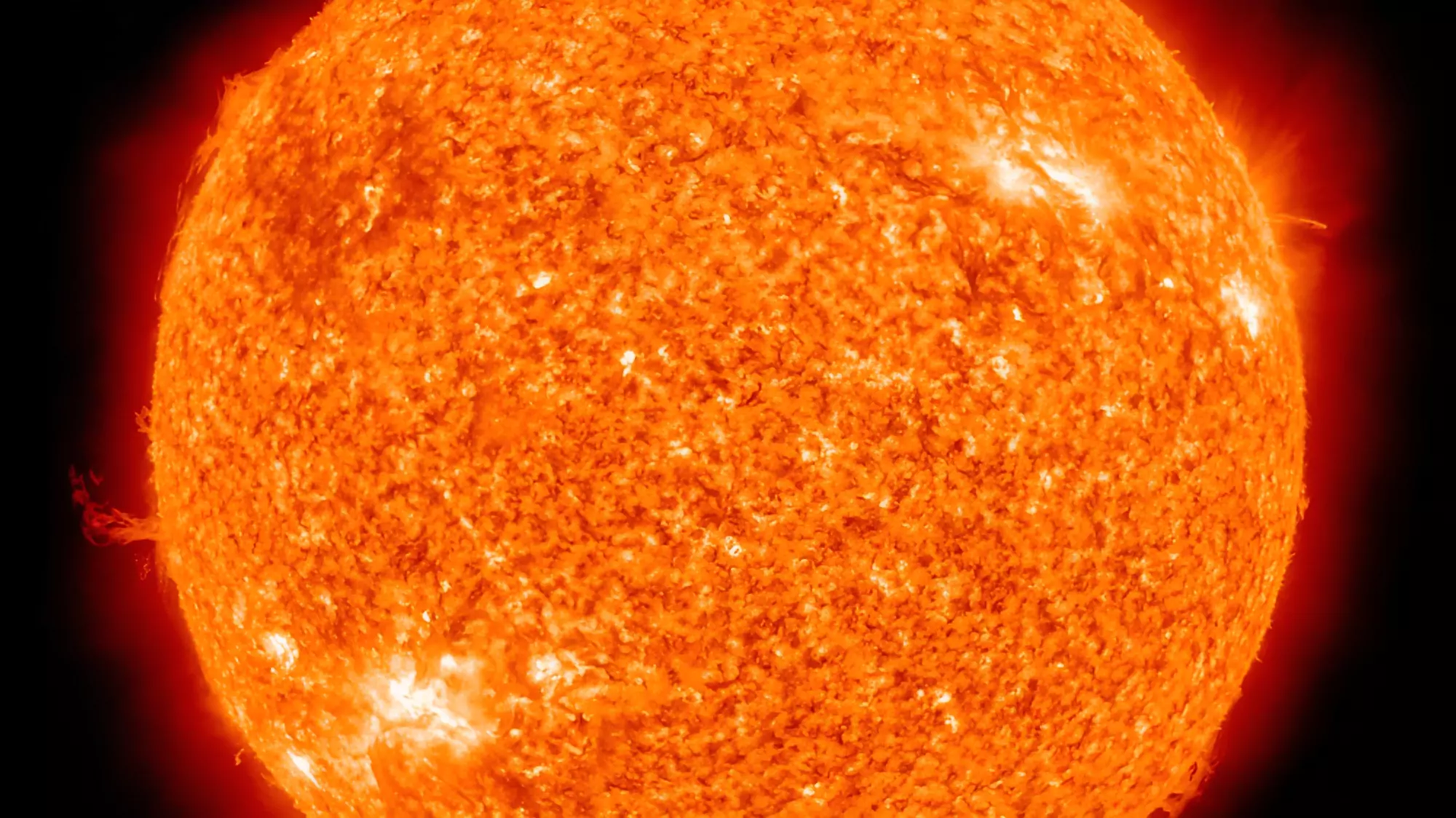Stellar Nucleosynthesis

Nucleosynthesis is the process by which stars create elements within their cores. The sole exception is hydrogen, the most abundant and lightest element in the universe, which originated in the immediate aftermath of the Big Bang.
- Extreme Conditions in Stellar Cores: The cores of stars experience immense pressures and temperatures.
- For instance, the temperature in the Sun’s core reaches approximately 15 million degrees Celsius. Under these extreme conditions, atomic nuclei undergo nuclear fusion.
- Fusion Process in Hydrogen: The hydrogen nucleus consists of a single proton. In the stellar core, these nuclei fuse to create helium nuclei, which contain two protons and two neutrons. This fusion process is known as the proton-proton (p-p) chain.
- Nucleosynthesis in Massive Stars: However, in more massive stars, stellar nucleosynthesis follows a different route due to the higher energy available. These stars have hotter cores where the carbon-nitrogen-oxygen (CNO) cycle operates.
- In this cycle, the nuclei of carbon, nitrogen, and oxygen interact in various ways to form elements starting from helium.Iron production: When a star runs out of nuclei to fuse, its core contracts, leading to an increase in temperature that reignites nuclear fusion.
Enroll now for UPSC Online Course
| CNO cycle: It refers to the Carbon-Nitrogen-Oxygen cycle, a process of stellar nucleosynthesis in which stars on the Main Sequence fuse hydrogen into helium via a six-stage sequence of reactions.
Supernova: A supernova happens when a star has reached the end of its life and explodes in a brilliant burst of light. |
-
- This cycle of contraction and fusion continues until the star begins producing iron in its core. Iron is the lightest element for which fusion requires more energy than it releases.
- Elements heavier than iron can only be synthesized outside a star when it goes supernova.
![]() 21 May 2024
21 May 2024
